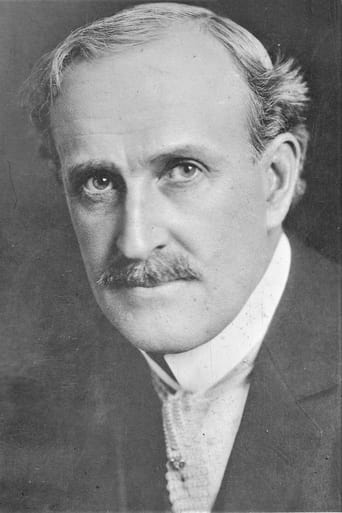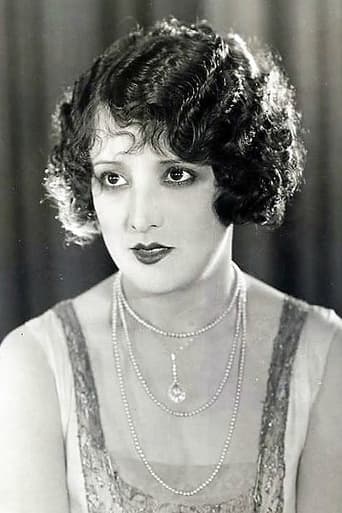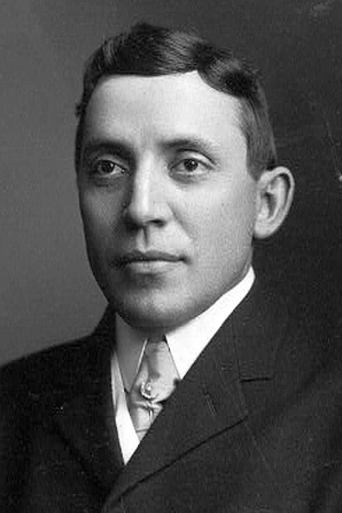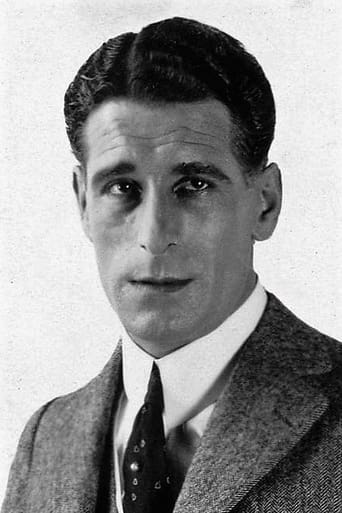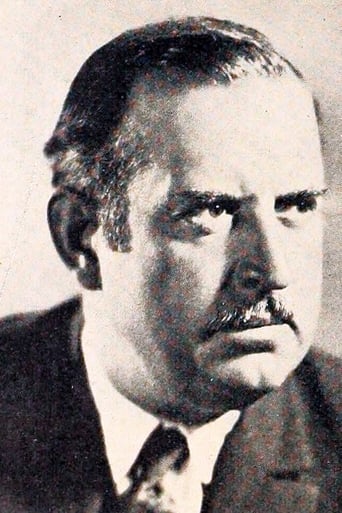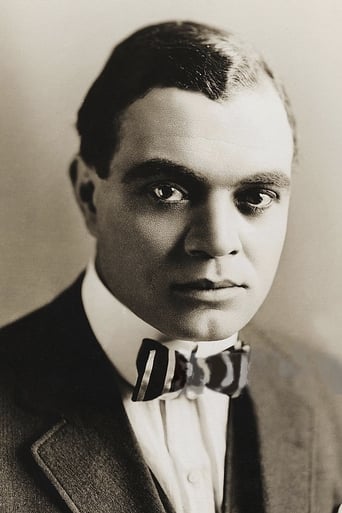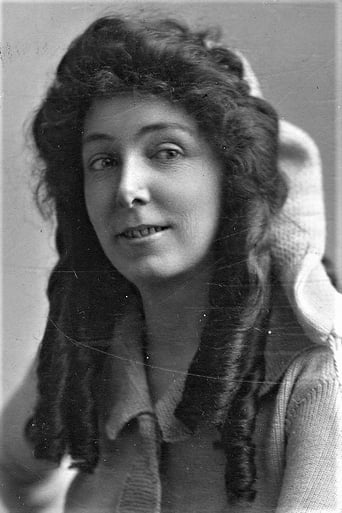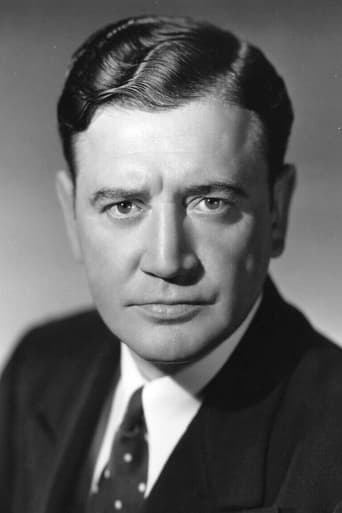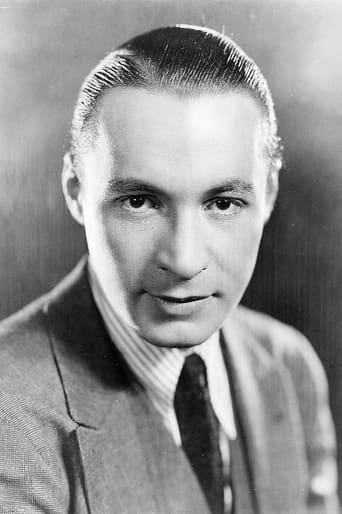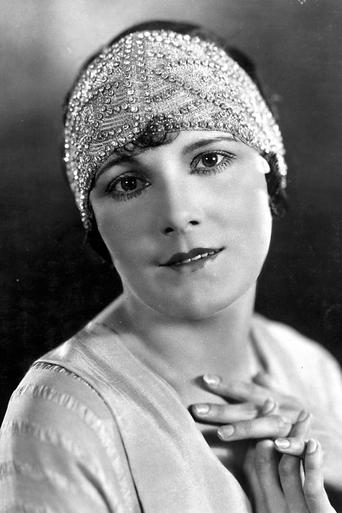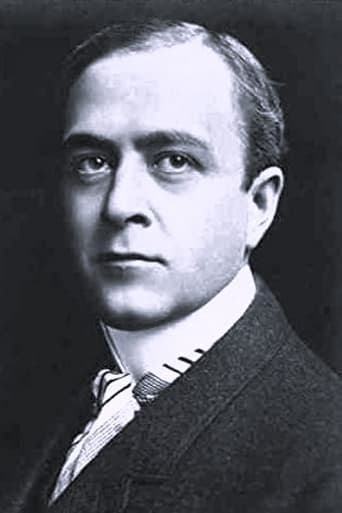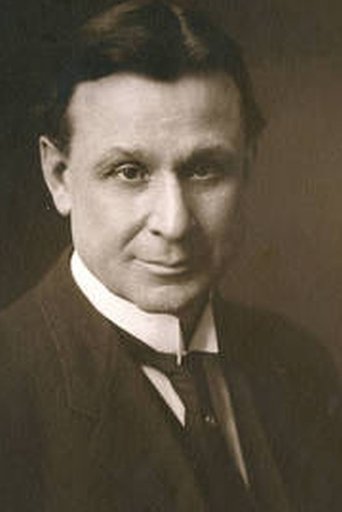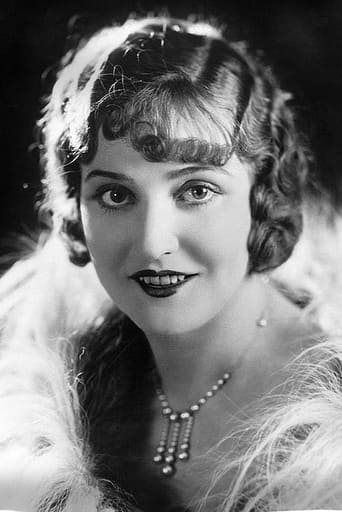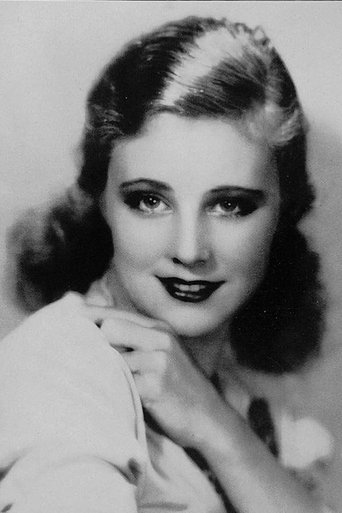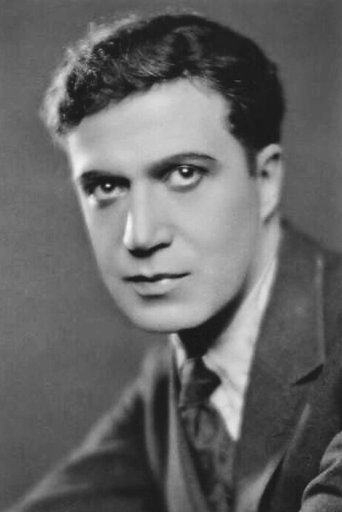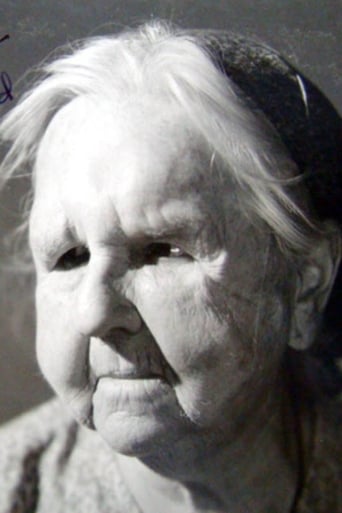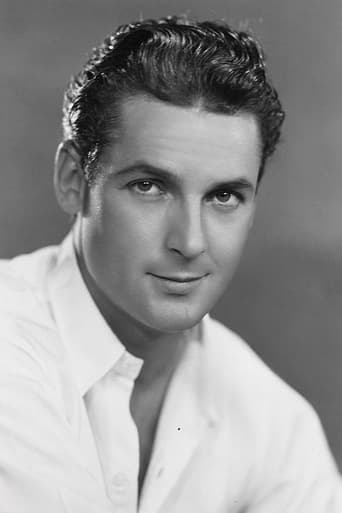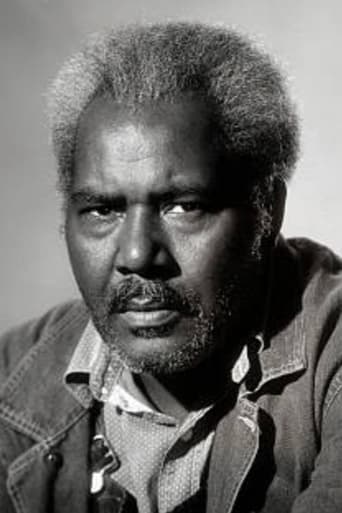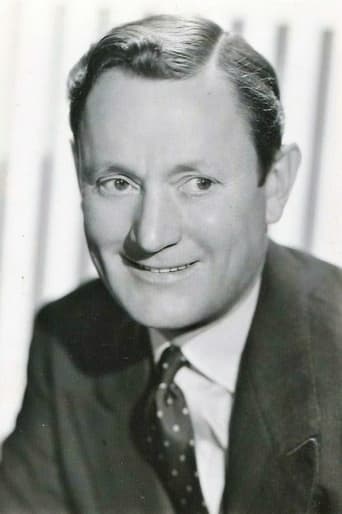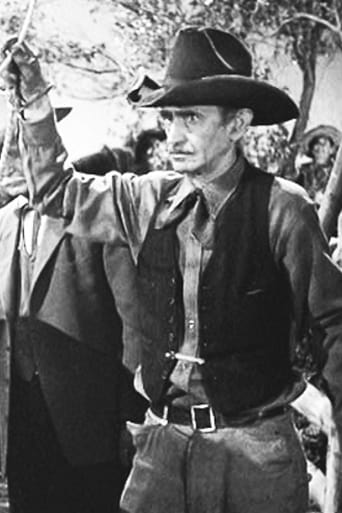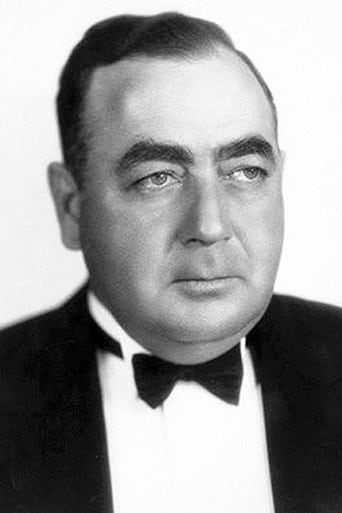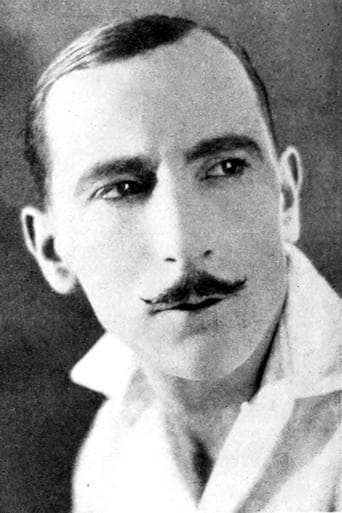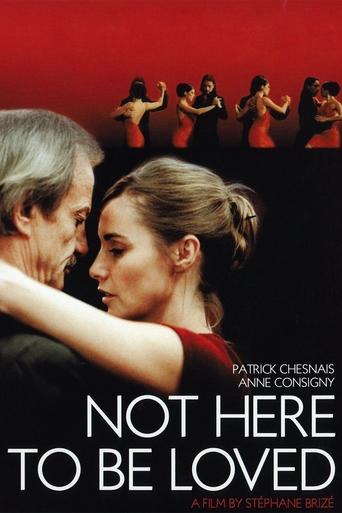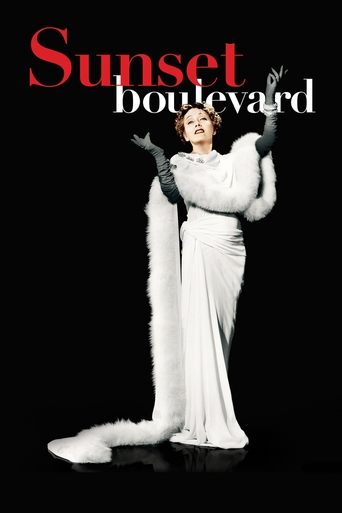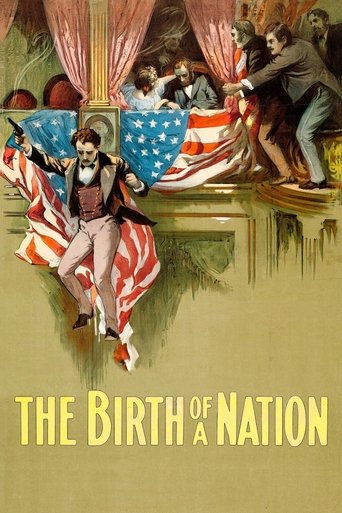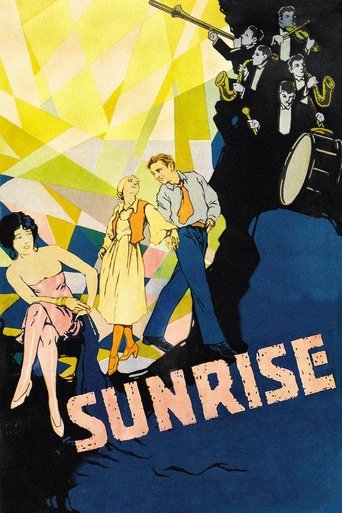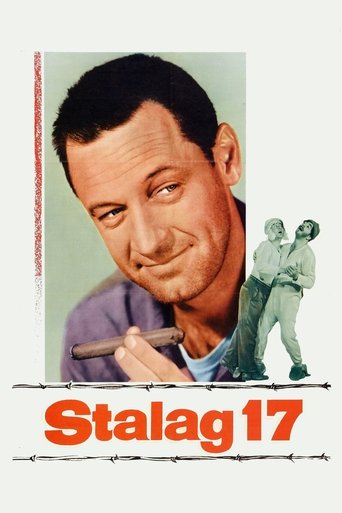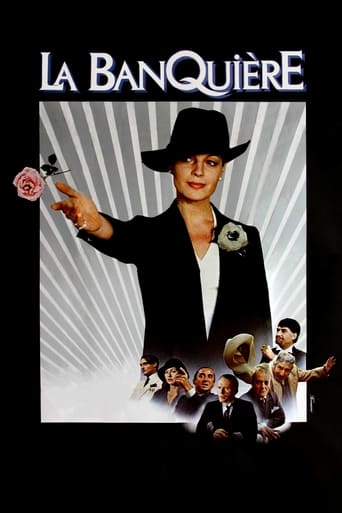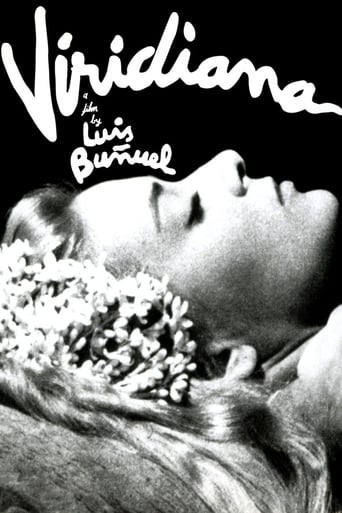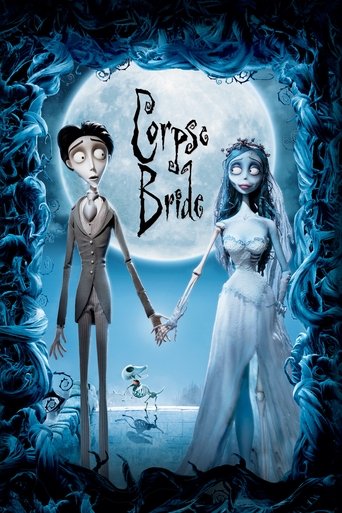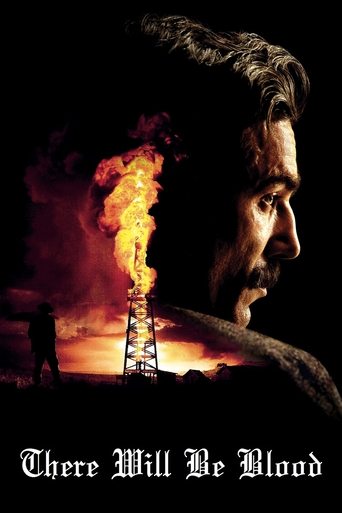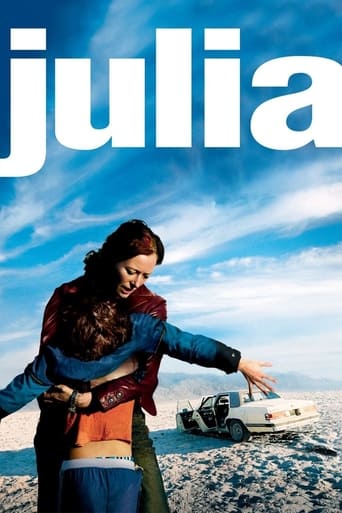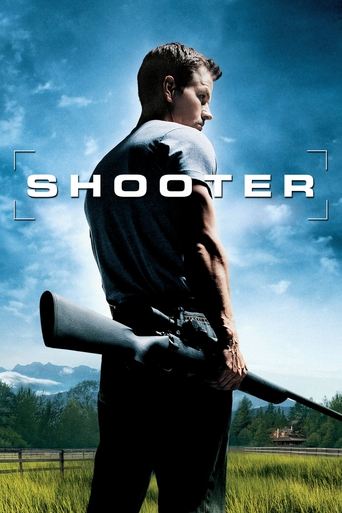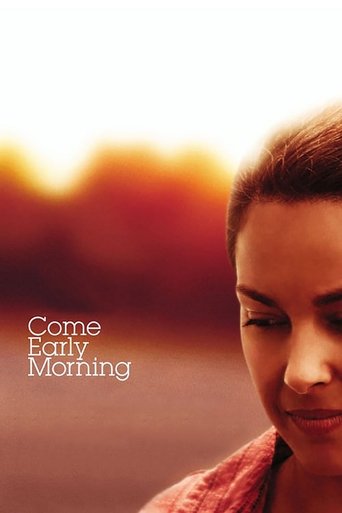
The Ten Commandments (1923)
The first part tells the story of Moses leading the Jews from Egypt to the Promised Land, his receipt of the tablets and the worship of the golden calf. The second part shows the efficacy of the commandments in modern life through a story set in San Francisco. Two brothers, rivals for the love of Mary, also come into conflict when John discovers Dan used shoddy materials to construct a cathedral.
- Cecil B. DeMille
- Jeanie Macpherson
Rating: 6.566/10 by 76 users
Alternative Title:
Country:
United States of America
Language:
No Language
Runtime: 02 hour 16 minutes
Budget: $1,800,000
Revenue: $0
Plot Keyword: dancing, army, moses, hunger, cathedral, stowaway, sin, money, black and white, church, slave, dog, dead boy, silent film, pearl necklace, newspaper article, pharaoh, passover
Essentially two separate stories, this shows well the aspirational brilliance of Cecil B. De Mille as well as his complete inability to condense anything! The first part depicts the Exodus and Leviticus books from the Old Testament - the story of Moses leading the slaves from their somewhat brutal existence in Egypt and the passing down of the Ten Commandments to the people as they build the great Tabernacle. The second part modernises the application of the Commandments and applies them to a family in 1920's America with two brothers who vie for the affections of the same girl whilst one seeks fame and fortune, the other a more contented existence. Both stories exhort the import of the Commandments as the basic tenets of human decency and values - and shy not from visiting severe punishments on those who transgress. The former story includes a wonderful score and, for the time, some pretty impressive special effects - especially the parting of the Red Sea. The second story is less impressive - more a slightly over-moralistic tale of greed and avarice that was hardly unusual then (or is now). The budget - some $1.8m was enormous for the time and the scale of the cinematography, extras etc. in phase one is impressive and convincing; the acting comes into it's own a bit more in the second act - with Richard Dix and Rod La Rocque playing the brothers well, and Nita Naldi shining as the Eurasian temptress "Sally Lung". As with so many silent films, it's all in their faces - and this one doesn't disappoint - even if there is a little too much theatrical gesturing and posturing now and again. On balance I probably prefer the 1956 iteration, again by De Mille, but there is little in it and if you do get a spare 2¼ hours then this is certainly a superb example of grand cinema from a visionary director.

